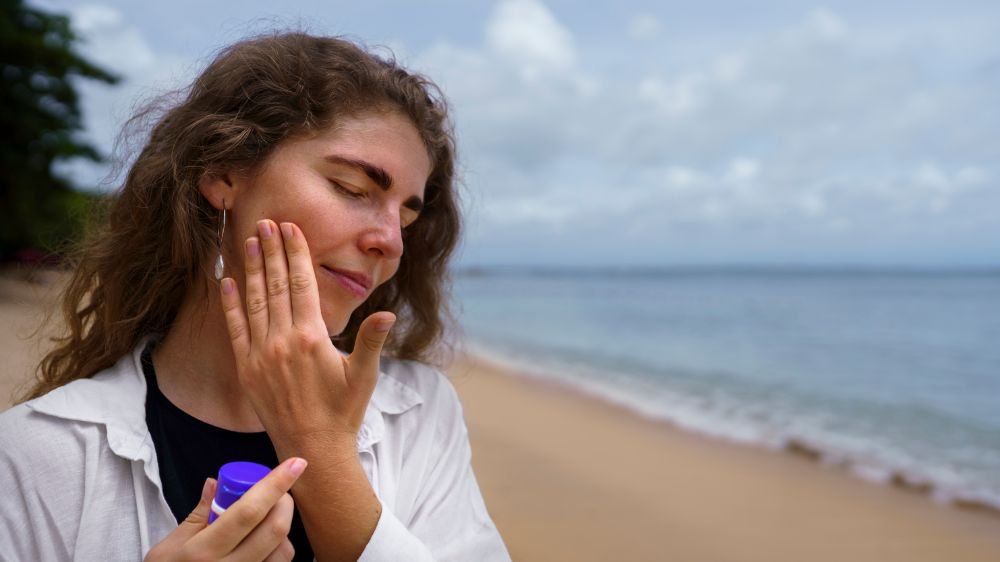Learn about ringworm in summer, symptoms, prevention techniques, and effective treatments to ensure a healthy season outdoors.
During the warm months, ringworm can become more prevalent due to favorable conditions for fungal growth. Understanding its symptoms, prevention strategies, and treatment options is crucial for enjoying a worry-free summer.
Ringworm, despite its name, isn’t caused by worms but by fungi called dermatophytes. These fungi thrive in warm, moist environments, making summer an ideal time for infections to occur.
Table of Contents
Understanding Ringworm: Symptoms and Signs
Ringworm is a fungal infection caused by dermatophytes, which thrive in warm and moist environments. Depending on the affected area of the body, ringworm presents with distinct symptoms.
Early recognition of these symptoms is essential for prompt treatment and prevention of further spread.
Scalp Ringworm
Scalp ringworm (tinea capitis) primarily affects children but can also occur in adults. Symptoms include:
- Itchy scalp: Scalp ringworm often begins with mild itching, which can progressively worsen.
- Red, scaly patches: These patches may be round or irregular and can be accompanied by inflamed skin around the affected area.
- Hair loss: One of the hallmark signs of scalp ringworm is hair loss in the affected areas. This can lead to bald patches or hair that breaks off near the scalp.
In severe cases, scalp ringworm can cause kerion, a painful, pus-filled swelling on the scalp. Prompt medical attention is crucial to prevent complications and promote healing.
Say Goodbye to Dry Skin: Unlock Deep Hydration with Nanotechnology. Get Your Nanotechnology Skincare Solution Now!
Body Ringworm
Body ringworm (tinea corporis) typically appears as:
- Red, circular patches: These patches may have raised edges and a clear center, resembling a ring. The edges may be more inflamed and elevated compared to the center.
- Itching and discomfort: The affected areas can be intensely itchy, leading to scratching and potential spread of the infection to other parts of the body.
Body ringworm commonly affects areas such as the arms, legs, or trunk. Keeping the affected areas clean and dry is essential to prevent further irritation and spread of the infection.
Feet Ringworm (Athlete’s Foot)

Athlete’s foot (tinea pedis) is a type of ringworm that affects the feet, particularly between the toes. Symptoms include:
- Itching and burning: The skin between the toes can itch intensely and may feel like it’s burning, especially after removing socks or shoes.
- Cracked, peeling skin: The affected skin may appear dry, cracked, or flaky, with potential redness and inflammation.
- Blisters and ulcers: In severe cases, athlete’s foot can lead to the formation of blisters or ulcers on the affected skin.
Athlete’s foot is contagious and can spread through direct contact with infected surfaces or through contact with contaminated socks, shoes, or towels.
Groin Ringworm (Jock Itch)
Groin ringworm (tinea cruris) primarily affects the groin and inner thighs. Symptoms include:
- Red, raised patches: The affected areas may have a distinct border and can be reddish in color, with potential scaling or flaking of the skin.
- Itching and discomfort: Groin ringworm can cause intense itching, which worsens with sweating or friction from clothing.
Maintaining good hygiene, wearing breathable clothing, and avoiding sharing personal items can help prevent the spread of groin ringworm.
Prevention Strategies for Ringworm in Summer
Preventing ringworm involves minimizing exposure to the fungi and creating an environment where they are less likely to thrive. Here are effective prevention strategies:
- Keep skin dry: Moisture encourages fungal growth, so ensure you shower regularly and dry yourself thoroughly, especially in skin folds and between toes.
- Choose breathable clothing: Opt for loose-fitting garments made of cotton or other breathable materials to promote air circulation and reduce sweat accumulation.
- Avoid sharing personal items: Items such as towels, combs, and brushes can harbor fungi and spread infection. Keep personal hygiene items to yourself to prevent transmission.
- Practice good hygiene after contact: If you come into contact with an infected person or animal, wash the exposed area promptly with soap and water to reduce the risk of infection.
By adopting these preventive measures, you can significantly reduce the risk of contracting ringworm during the summer months.
Experience Skin Renewal: Nanotechnology’s Secret to Smooth Texture. Renew Your Skin Today!
Treatment Options for Ringworm
Most cases of ringworm can be effectively treated with over-the-counter antifungal medications. These treatments typically come in the form of creams, sprays, or powders designed to eradicate the fungus and relieve symptoms.
- Antifungal creams: Applied directly to the affected area, these creams target the fungus and help alleviate itching and irritation.
- Antifungal sprays: Convenient for treating larger areas or areas that are difficult to reach, sprays provide a thorough application of antifungal medication.
- Antifungal powders: Useful for keeping the affected area dry and preventing moisture buildup, powders can complement other forms of treatment.
For more severe cases or those that do not respond to over-the-counter treatments, consulting a healthcare professional is recommended.
They may prescribe stronger antifungal medications to ensure complete eradication of the infection.
The Role of Summer Weather in Ringworm

Interestingly, summer weather can both facilitate and hinder ringworm infections. While warm, humid conditions provide an ideal breeding ground for the fungus, the heat itself can also aid in drying out infected areas, making them less hospitable to fungal growth.
Maintaining cleanliness and following prescribed treatment protocols are crucial even in summer, as they help mitigate the risk of ringworm spreading or recurring.
Conclusion Ringworm in Summer
Understanding ringworm and its implications during summer is essential for maintaining good health and enjoying outdoor activities without worry.
By recognizing the symptoms early, adopting preventive measures, and seeking timely treatment when needed, you can effectively manage and prevent ringworm infections.
Remember, good hygiene practices and awareness are key to a ringworm-free summer.

